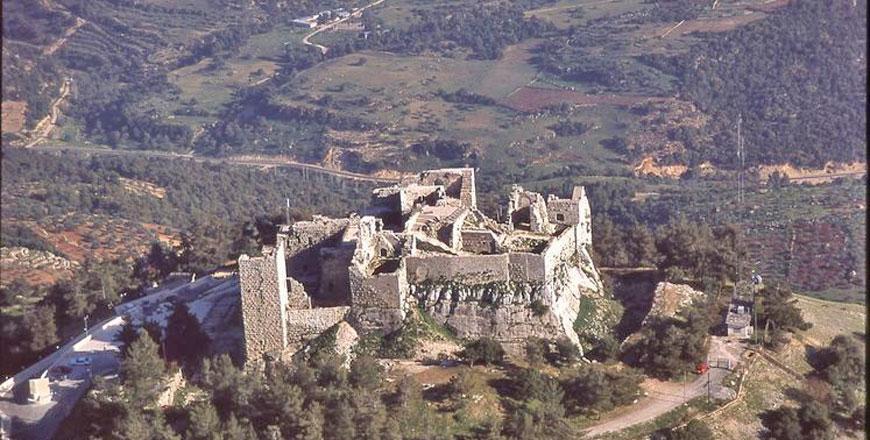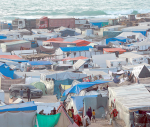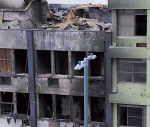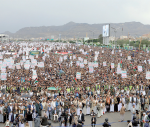You are here
Scholars discuss digitisation opportunities, challenges
By Saeb Rawashdeh - Nov 13,2022 - Last updated at Nov 14,2022

AMMAN — In a discussion on challenges in digitisation, Elizabeth Knott from Yale University said that the digital archival method is often seen as straightforward and reliable method of preserving the past and increasing accessibility to different files.
“However, when we record an object in any way, we make decision how to record it. These decisions affect what our audience can see and can learn,” noted Knott at the panel “Digital Archives: Preservation, Accessibility and Future Directions” organised the last week by American Centre of Research (ACOR) in Amman.
Knott described cone-shaped bead, made of blue chalcedony which is a part of their collection: “The stone has a piercing or bore hole through the top to allow the bead to be suspended from a pin or a string.”
“An expert of the collection will immediately recognise this as a stamp seal that was common in 1st millennium BC around the Neo-Syrian and Neo-Babylonian periods,” Knott underlined, adding that seals like this have similar shapes and sizes.
This is part of Yale’s Babylonian collection of more than 40,000 objects, Knott continues, noting that it covers some 6,000 years of history.
“Our digitisation process took place during the COVID-19 pandemic, and considerations included storage and conservation, documentation and creation of metadata, photography, processing, storage and maintenance,” Knott said.
On the other hand, a team from the American University in Beirut (AUB) dealt with the repercussion of the August 2020 explosion in Beirut, which damaged some of the glass objects in their collection, said Daniel Asmar from AUB.
“The renovation had two phases, one which is sorting our glass shards and another one is the reconstruction of glass objects,” Asmar said, adding that errors can lead to more damage to these artefacts.
AUB is developing an augmented reality (AR) guide, which on the computer end will involve 3D scanning. The second part of the equation is to match these shards with consistent holes to obtain a digital twin of the broken relic, Asmar elaborated.
“The challenge has been providing access to the archive at ACOR,” noted ACOR’s librarian and archivist Ryder Kuoba, who noted that the main items to be digitised are slides and images from archaeologists and former ACOR directors.
The first grant involved digitising 30,000 images, building the Digital Archive Platform to host images, as well as digitising another 20,000 images, Kuoba said.
“I’d like to note the number of decisions made during the process. By sharing ideas and as well as technologies, we allow digitisation to be more accessible and more collaborative practice, and we can learn from each other by sharing our questions and decisions,” Knott concluded.
Related Articles
AMMAN — Given the numerous threats facing archaeological and cultural heritage sites in Jordan and the region, whether from war, development
AMMAN — Developing a consistent naming system for digital files is essential to maintain an organised and useful archaeological archive, sai
AMMAN — The American Centre of Oriental Research (ACOR) has started digitalising images and photo collections with the aim of preserving the


















